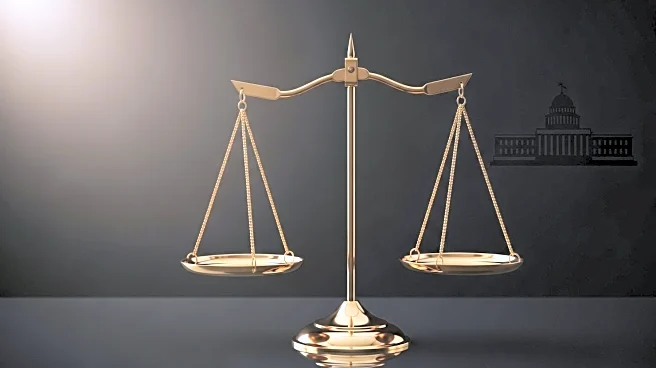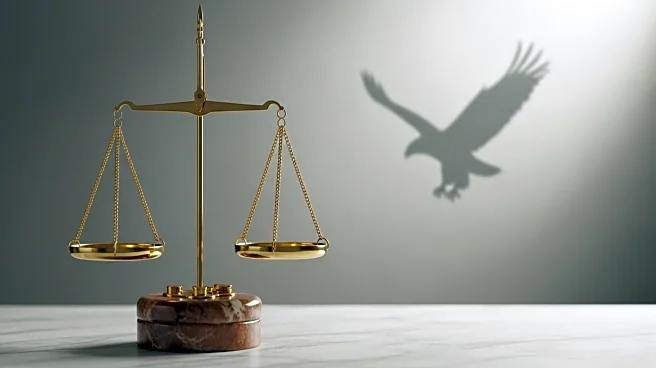What's Happening?
President Donald Trump's 'big beautiful bill' tax rewrite, set to take effect in 2026, introduces a new charitable tax break for non-itemizers. This provision allows single filers to claim up to $1,000 and married couples filing jointly up to $2,000. The legislation aims to encourage charitable giving by providing tax benefits to those who do not itemize deductions, which currently includes about 90% of filers according to IRS data. Additionally, the bill imposes a 'floor' for itemized charitable deductions for higher earners, only allowing the deduction once it exceeds 0.5% of adjusted gross income. The new law also caps the benefit for those in the top 37% income tax bracket, effectively reducing their benefit to 35%.
Why It's Important?
The introduction of a charitable tax break for non-itemizers could significantly impact charitable giving patterns in the U.S. By providing a tax incentive to a broader base of taxpayers, the legislation may increase overall charitable contributions. This change could benefit non-profit organizations and charities that rely on donations. However, the reduction in benefits for higher earners might discourage large donations from wealthier individuals, potentially affecting the funding of certain charities. The dual impact of encouraging smaller donations while potentially reducing larger ones could reshape the landscape of charitable giving in the U.S.
What's Next?
As the new tax provisions are set to take effect in 2026, taxpayers and financial planners may begin adjusting their strategies to maximize benefits. Non-itemizers might delay smaller charitable contributions until the new tax break is available, while higher earners may reconsider their giving strategies due to the reduced benefits. Charities and non-profits may need to adapt their fundraising approaches to account for these changes, potentially focusing more on attracting smaller donations from a wider audience.











